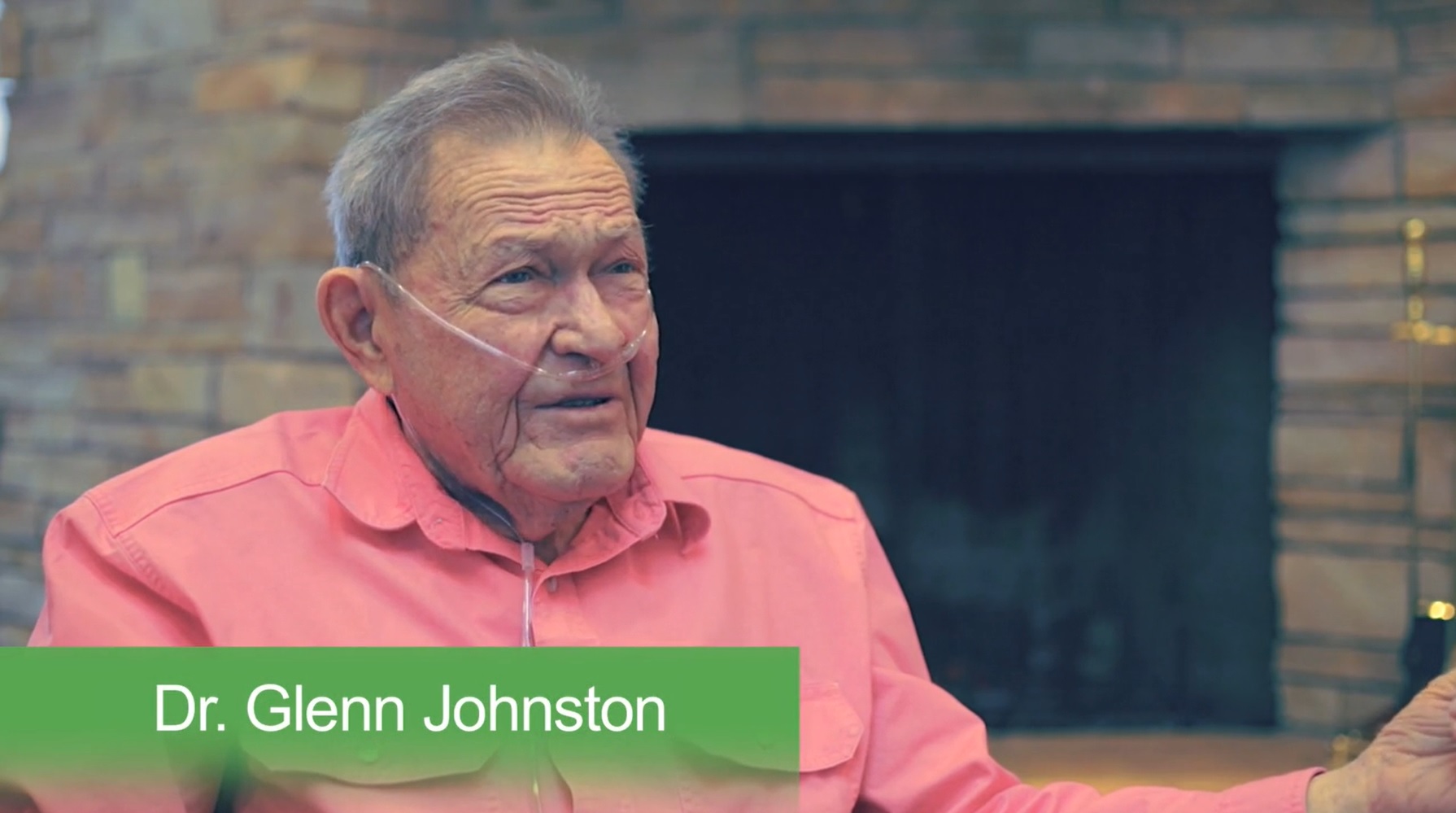Conservation Easements
Our focus is on empowering private landowners to voluntarily protect their land through conservation easements
![]() Our property has been in my family since it was homesteaded in 1885. It was important to me to keep it intact. The best way to do this was with a conservation easement. A conservation easement takes away the option we wanted to take away, subdivision.”
Our property has been in my family since it was homesteaded in 1885. It was important to me to keep it intact. The best way to do this was with a conservation easement. A conservation easement takes away the option we wanted to take away, subdivision.”
~ The late Glenn Johnston
Glenn and his wife, Hazel, placed 700-acres along the Flathead River under conservation easement with Flathead Land Trust.

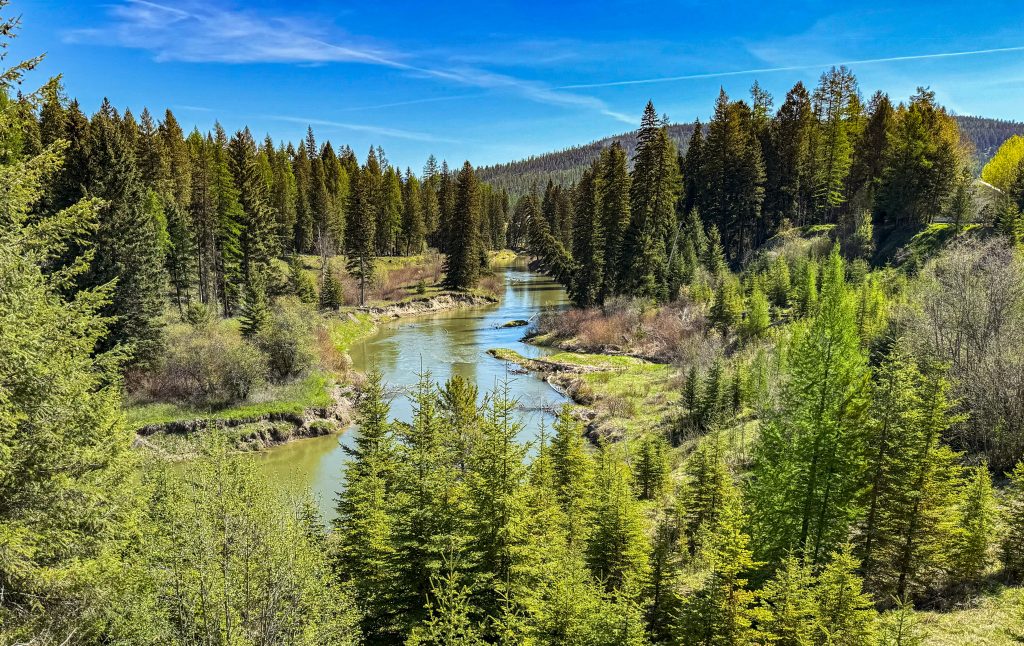
Why Conserve Your Land?
People conserve their land for many reasons, but they all have one thing in common – they love their land. Your land is special. As the property owner, you know its unique features better than anyone. Landowners choose to conserve their land for the peace of mind in knowing that its irreplaceable resources will be conserved in perpetuity. Many landowners share a sense of responsibility to be good stewards of the land – not just for today, but for generations to come.
Through a conservation easement, you can preserve your cherished land without sacrificing ownership or control. You will remain the proud steward of your land, free to live on and pass the property on to future generations.
You can be assured that your property will remain largely as it is today throughout time with its wildlife habitat, wetlands, riparian forest, rich soils and open space intact.
What is a Conservation Easement?
Conservation easements are voluntary legal agreements with qualified holders, such as Flathead Land Trust, that help landowners protect and secure the future of their land. Typically, conservation easements restrict subdivision and industrial activities.
Under a conservation easement, the landowner continues to own and manage their property with the assurance that the open space, fish and wildlife habitat, wetlands and riparian areas will be protected in perpetuity.
Each conservation easement is crafted to meet the specific desires and needs of landowners for their properties.
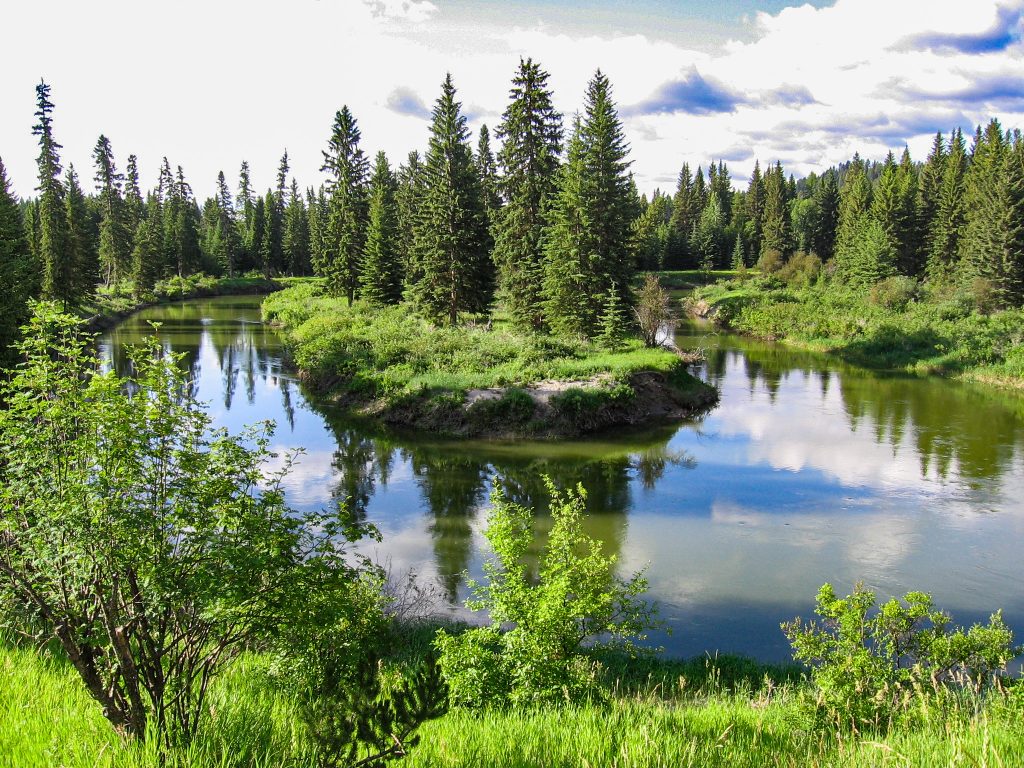
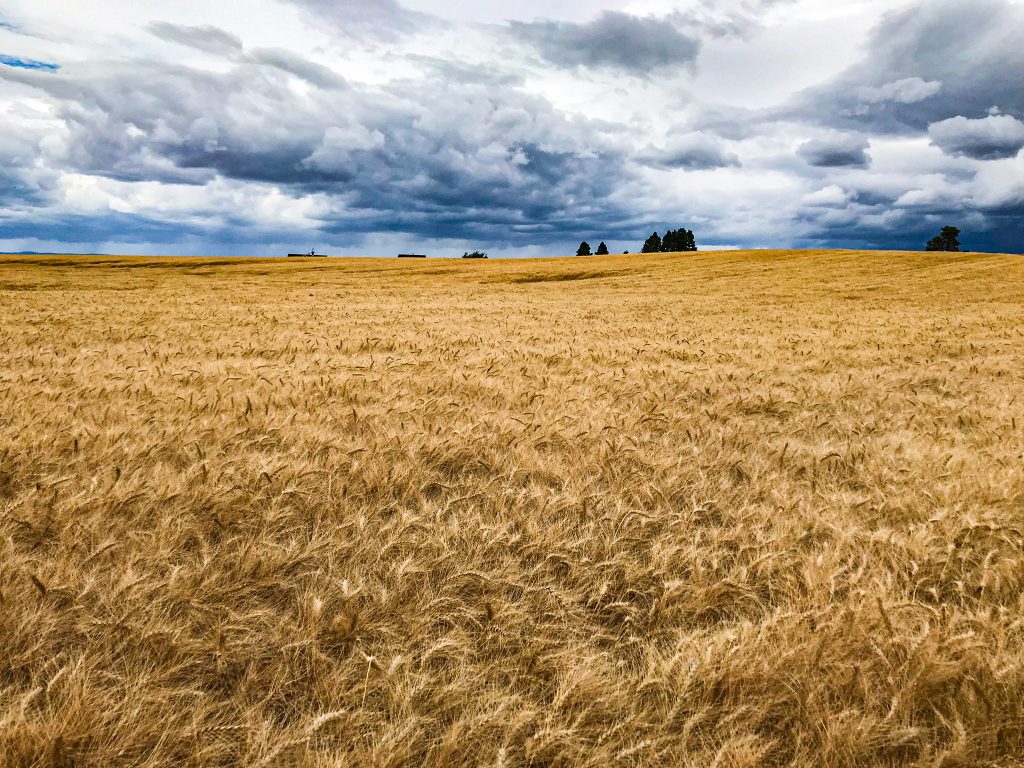
Conservation easements are designed to protect both natural landscapes and the continued operation of working farms and ranches.
- The landowner continues to own and manage the property
- The property can still produce crops, hay, livestock, timber and other commodities
- The landowner still makes the farm/ranch decisions
The land trust holding the easement monitors the property on an annual basis and is also responsible for enforcing its terms.
Sometimes we work with landowners to transfer their property to a public entity (County, State or Federal) to maintain important resource values and enhance outdoor recreation and public land opportunities for the community.
Financial Benefits
A landowner can often receive tax benefits for placing land in a conservation easement. The donation of a conservation easement permits the landowner to deduct the value of the easement from federal income tax with the Enhanced Conservation Easement Tax Incentive. The value of the easement for purposes of the deduction is typically the difference in the value of the easement property before the donation of the conservation easement and after the donation. This value is often based on the development value of the land that will not be exercised by maintaining it as open space.
Other tax benefits may exist, so we encourage landowners to consult their attorney or tax advisor to fully explore the estate and income tax benefits associated with the charitable donation of a conservation easement. Learn more HERE.
In some cases, funding is available to purchase conservation easements on lands with high resource values. Typically these lands are important to migratory birds, fish and wildlife or have rich agricultural soils. Flathead Land Trust can also assist with obtaining funding for projects that sustain and enhance outdoor recreational opportunities for the community.
For more information, contact your tax advisor and visit the Land Trust Alliance’s website.

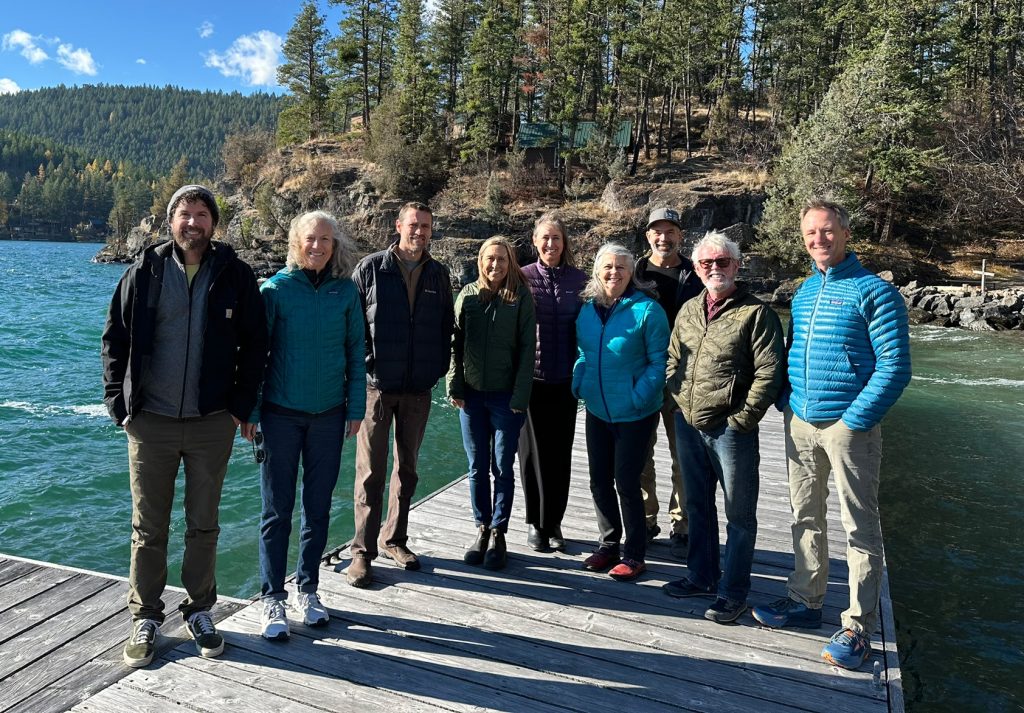
Why Partner With Flathead Land Trust?
Flathead Land Trust is a 501(c)(3) non-profit organization that has been dedicated to maintaining the qualities that make northwest Montana exceptional and a treasure for future generations for over 40 years. We know and love northwest Montana, its incredible natural heritage, and special places that sustain our high quality of life here. We partner with landowners, communities and agencies to protect this natural heritage including bird and wildlife habitat, clean water, rich farmland, and extraordinary outdoor recreation opportunities. We are accredited by the national Land Trust Accreditation Commission demonstrating that we meet national standards of excellence for land trusts and land protection. We have partnered with over 100 families to achieve conservation outcomes for their land in northwest Montana.
Flathead Land Trust can help you explore options for conserving your property. We will work with you to design a conservation plan that will work best for you, your family, and the special resources on your land.
![]() We feel a conservation easement honors our father’s endeavors to protect and conserve open space, offer wildlife habitat and encourage agricultural enterprise in the Flathead Valley.”
We feel a conservation easement honors our father’s endeavors to protect and conserve open space, offer wildlife habitat and encourage agricultural enterprise in the Flathead Valley.”
~ The late George and Elna Darrow‘s children, Roy, Karen and Reed Darrow
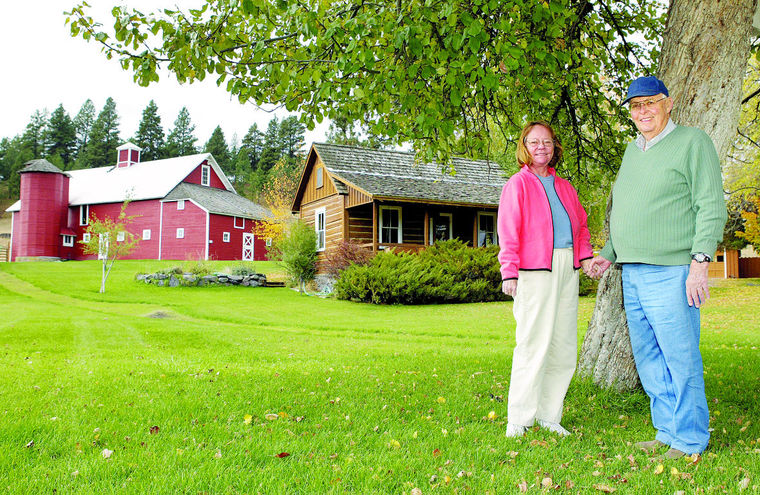
Watch: Stories From the Land – The Glenn and Hazel Johnston Conservation Easement
